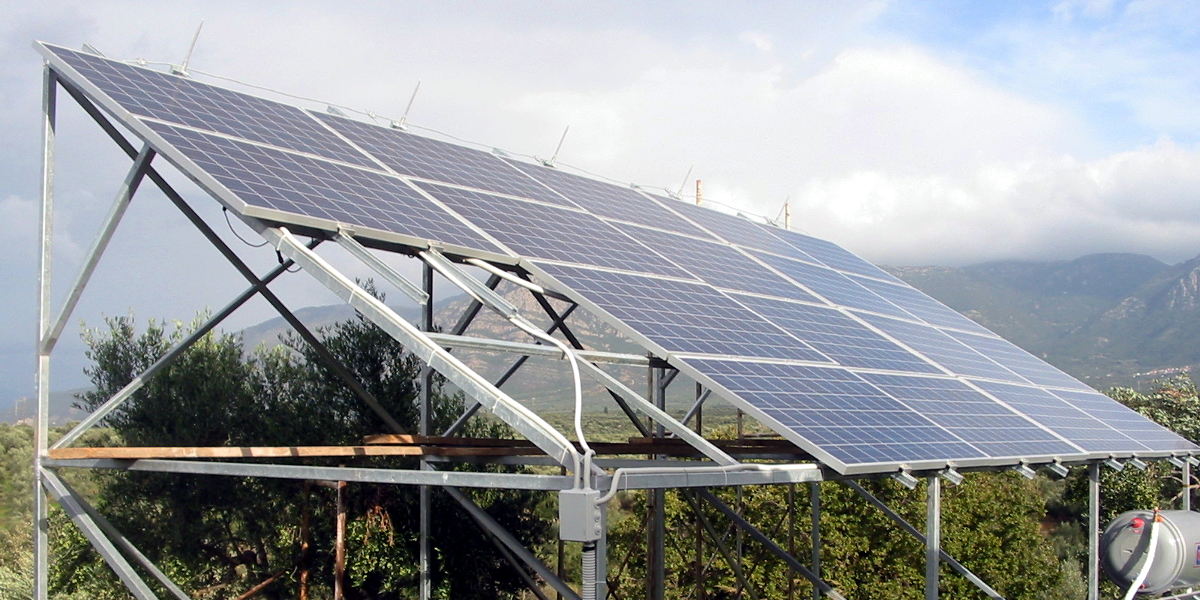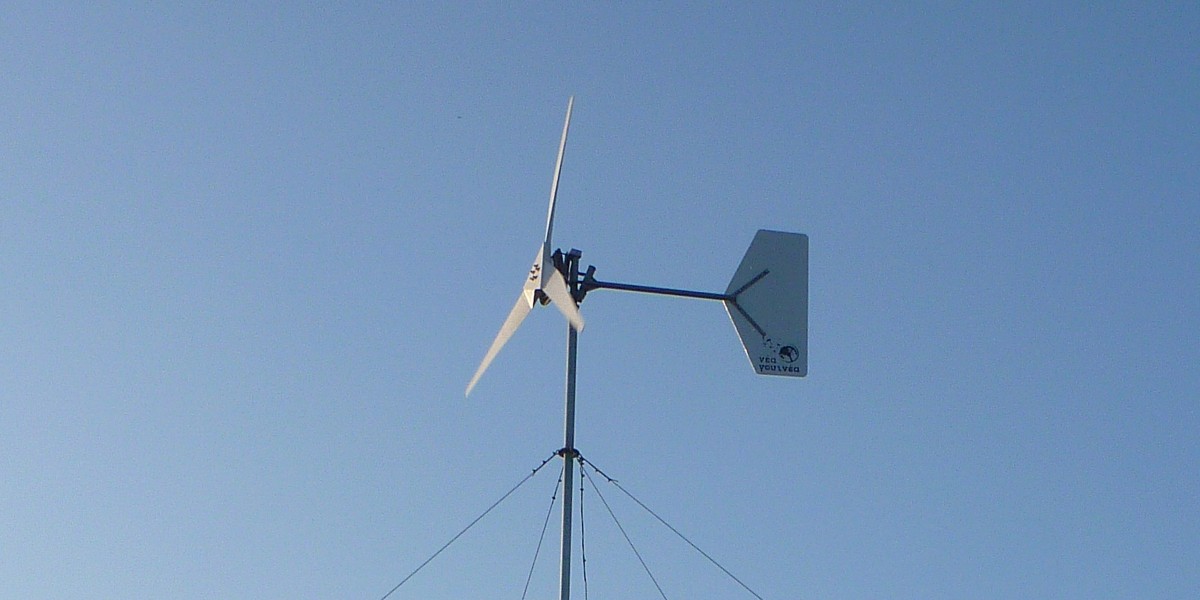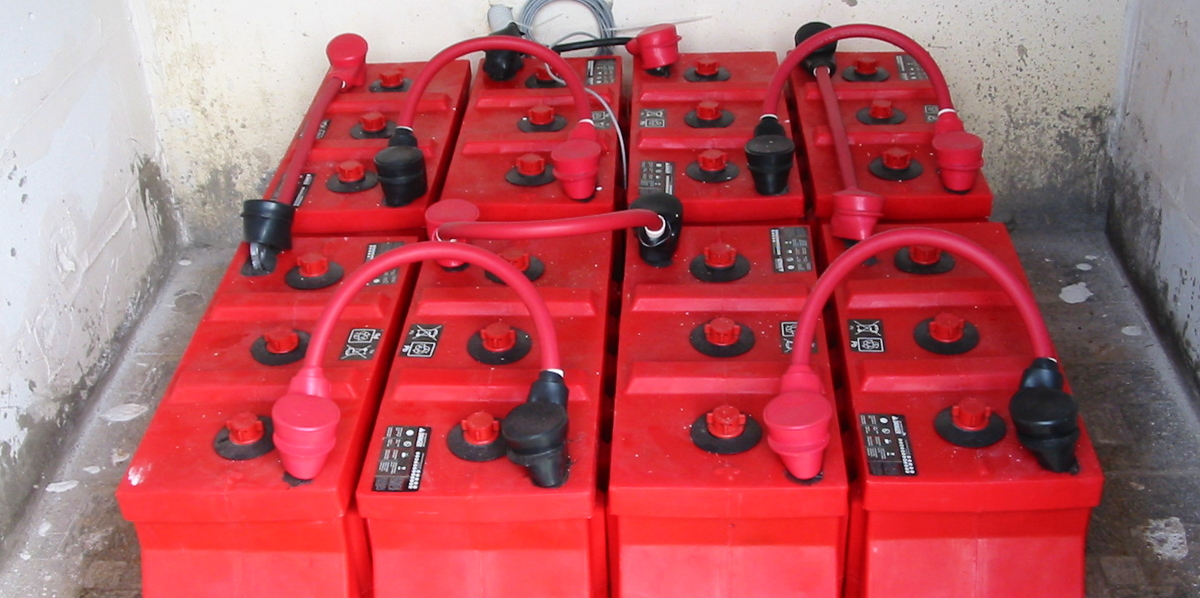Autonomous power supply systems
Autonomous power systems can generate electricity where the grid does not reach. They do this by using renewable energy sources and sometimes using fossil fuels as a back-up. Solar radiation, wind, running water and biomass exist in most areas but with different potential in each, so stand-alone power systems are usually hybrid, i.e. they use more than one renewable source to generate electricity. Technologies such as photovoltaics, wind turbines, hydro-generators and biogas generators can be used to convert renewable natural resources into electricity to meet local needs. The energy produced is stored in accumulators with an appropriate capacity, which is determined by the availability of natural resources and the demand for electricity for consumption. Various electronic devices act as electricity managers or converters, such as the battery charge controller, for example, which ensures that the batteries are charged and discharged properly, or the inverter that converts the continuous power of the batteries into alternating power, with the common characteristics of the grid so that all household appliances, power tools and machines are compatible. An oil or gasoline generator is used as a backup in cases when natural resources are not sufficient to cover the consumptions, when there is a fault in the autonomous system or when the system sources are being maintained. In general, autonomous renewable energy systems connect users to a greater extent with the natural resources they use, giving them a better sense of interaction with the natural environment as opposed to the ‘black box’ of the grid. Also, at Community level, the production, distribution and consumption of electricity can be decided to a certain extent by users, thus taking into account social and environmental factors. The design and installation workshops on autonomous hybrid power systems organised by New Guinea aim to provide a variety of theoretical and practical skills to the participants, so that they can
The courses include the theoretical analysis of the basic parts of autonomous hybrid systems, the practical analysis of the process of preparing a preliminary study with various examples of applications and the installation of an autonomous system with photovoltaic and wind turbine for the electrification of a small farm.





